The Queen of the Night, Epiphyllum oxypetalum, or night-blooming cactus, as it is commonly known, has a unique fragrance that matches its intriguing lifestyle. This beautiful flower, native to the tropics of Central and South America, has a short but spectacular blooming season. So, what is the significance and usage of this captivating flower? Let’s explore further in this article.
1 What is Epiphyllum oxypetalum?
Origin and Significance
Epiphyllum oxypetalum, also known as the Queen of the Night cactus, is a stunningly beautiful flower with a regal presence. It belongs to the Cactaceae family, specifically the genus Epiphyllum. Other scientific names for this species include Epiphyllum grandilobum and Phyllocactus grandis.
According to “Epiphyllum,” a book by German author Marga Leue, this captivating flower was first discovered in South America by European sailors approximately 250 years ago. However, it took another century for the flower to gain wider recognition in England and subsequently spread to France, Germany, and the rest of Europe. It wasn’t until the 1920s that Epiphyllum oxypetalum captured the attention of Americans, who then began hybridizing the flower, creating a beautiful and popular variety.
 Introduction to Epiphyllum oxypetalum
Introduction to Epiphyllum oxypetalum
Among all flowers, Epiphyllum oxypetalum stands out not only for its unique blooming time but also for its breathtaking beauty that shines in the darkness. Its fragrance is enchanting, and its symbolism runs deep.
The flower’s symbolism varies across cultures. In some traditions, it represents “marital fidelity” and is considered a symbol of enduring love. Its delicate beauty also conveys a sense of purity, gentleness, and humility, especially as it blooms modestly under the cover of night. To others, it represents a mysterious beauty and embodies a quiet, introspective lifestyle.
However, in Western culture, it is often associated with fleeting beauty and short-lived passion, symbolizing a fragile and transient romance.
Characteristics and Classification
There are two main types of Epiphyllum oxypetalum: night-blooming (Dạ Quỳnh) and day-blooming (Nhật Quỳnh). True to its name, the night-blooming variety unleashes its fragrance and beauty under the cloak of darkness.
As a member of the cactus family, Epiphyllum oxypetalum has a distinctive appearance. It lacks leaves, and its long, sinuous stems are divided into broad, flat lobes, approximately 1-5 cm wide and 3-5 mm thick.
 Significance of Epiphyllum oxypetalum
Significance of Epiphyllum oxypetalum
In Vietnam, the two most common varieties are the white Epiphyllum oxypetalum (Quỳnh trắng) and the red Epiphyllum oxypetalum (Quỳnh đỏ), with the former being the more prevalent of the two.
The white Epiphyllum oxypetalum typically blooms only once a year, usually in June or July. After its initial bloom, it may produce another flush of flowers around three to four months later. The delicate white petals of the Quỳnh trắng, complemented by its golden stamens, create a graceful and elegant appearance.
Another variety, known as Epiphyllum Hybrids, is a result of crossbreeding the original species with other cactus varieties. This hybridization has led to a diverse range of colors and sizes in the flowers.
2 Benefits of Epiphyllum oxypetalum
Did you know that Epiphyllum oxypetalum has medicinal benefits? Its flowers and other parts have been used in traditional medicine for various ailments.
In folk medicine, Epiphyllum oxypetalum is considered an effective remedy for respiratory and lung ailments. To treat coughs and loosen phlegm, freshly bloomed flowers are finely chopped and steamed with honey or cooked with sugar and consumed throughout the day.
 Benefits of Epiphyllum oxypetalum in daily life
Benefits of Epiphyllum oxypetalum in daily life
Rice wine infused with fresh Epiphyllum oxypetalum flowers is believed to be an effective remedy for stomachaches and is also used to treat bruises and contusions.
Additionally, according to foreign literature, the flower has been used to treat conditions such as bronchitis, swollen lymph nodes, and pulmonary tuberculosis. It is also said to be beneficial in treating kidney stones, bladder stones, and urinary tract stones.
3 Growing and Caring for Epiphyllum oxypetalum
Growing Epiphyllum oxypetalum at Home
Soil: Epiphyllum oxypetalum thrives in organic-rich, humus-filled soil with excellent drainage. Avoid planting in garden soil, as the flower may not receive sufficient nutrients, leading to poor growth.
Light and Temperature: This tropical flower prefers a cool climate and grows well in partial shade or diffused light. An ideal temperature range for its growth is 18-28 degrees Celsius.
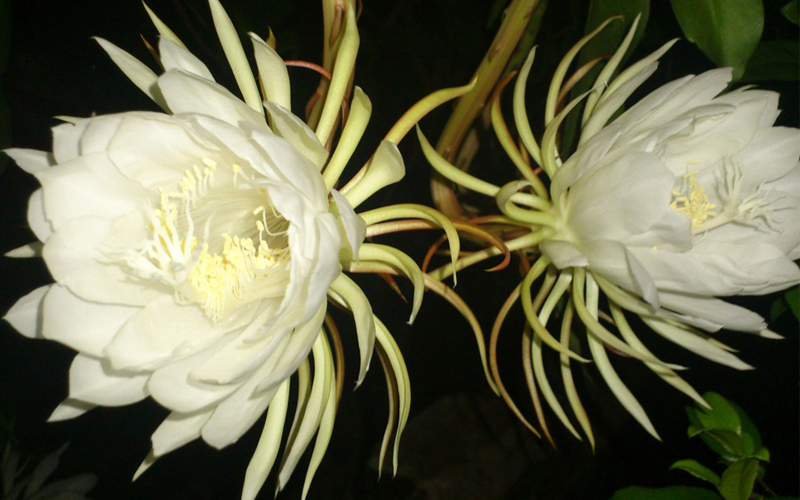 Epiphyllum oxypetalum is mainly propagated through stem cuttings.
Epiphyllum oxypetalum is mainly propagated through stem cuttings.
Caring for Epiphyllum oxypetalum
While Epiphyllum oxypetalum is drought-tolerant and relatively easy to grow, it does not fare well in waterlogged conditions. Provide a shade cover to protect the plant from direct sun, wind, and dew, and regularly fertilize it to promote healthy growth and abundant flowering.
Avoid frequent watering, as the plant is susceptible to root rot. Instead, plant it in a shady area and repot it annually after flowering, preferably in late October. Ensure a good drainage system to prevent waterlogging and root rot.
 Caring for Epiphyllum oxypetalum
Caring for Epiphyllum oxypetalum
Notes on Growing and Caring for Epiphyllum oxypetalum
- Epiphyllum oxypetalum is easy to propagate. Simply break off a strong, healthy branch from a mature plant, and it will readily take root.
- While it thrives in sunny spots, direct sunlight should be avoided. Allow the soil to dry out slightly between waterings.
- During the pre-flowering stage, let the plant dry out for one to two weeks between waterings. Avoid overwatering.
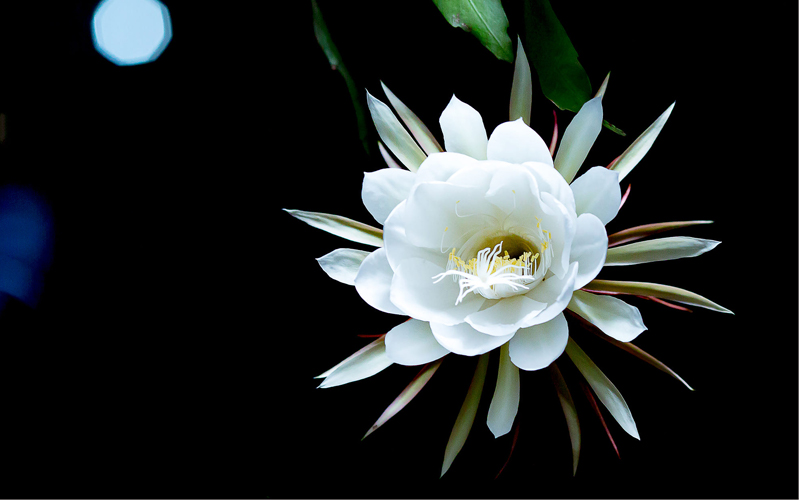 Notes on growing and caring for Epiphyllum oxypetalum
Notes on growing and caring for Epiphyllum oxypetalum
4 5 Captivating Images of Epiphyllum oxypetalum
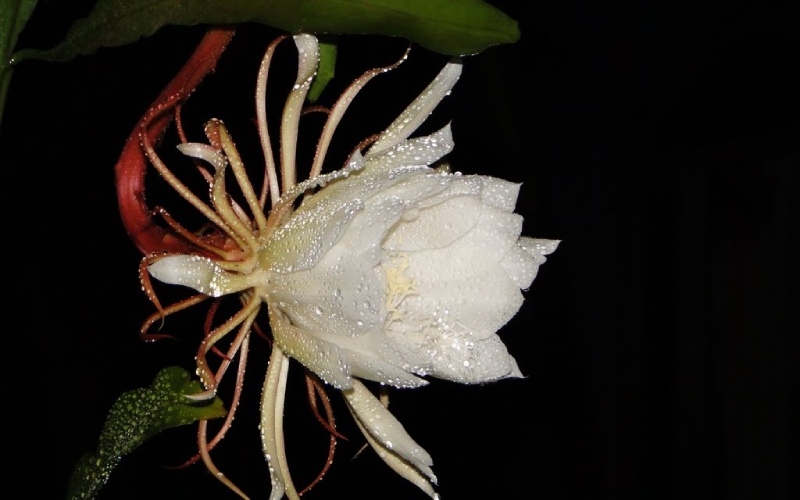 Night-blooming Epiphyllum oxypetalum
Night-blooming Epiphyllum oxypetalum
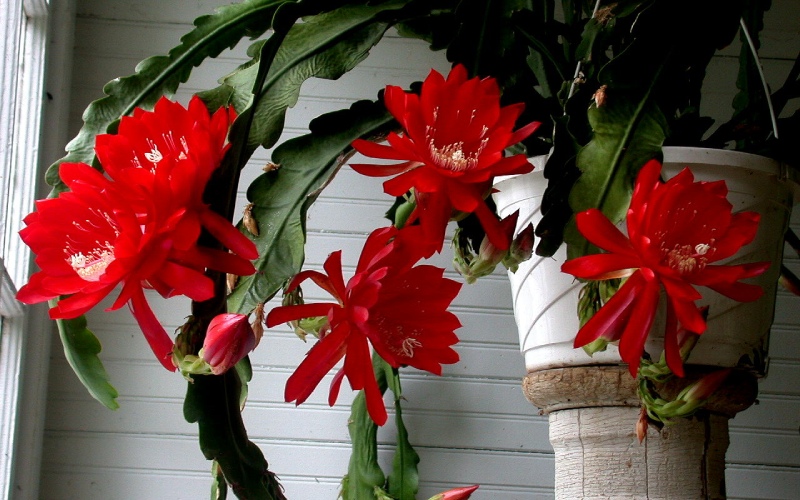 Red Epiphyllum oxypetalum in a pot
Red Epiphyllum oxypetalum in a pot
 Pink Epiphyllum oxypetalum in bloom
Pink Epiphyllum oxypetalum in bloom
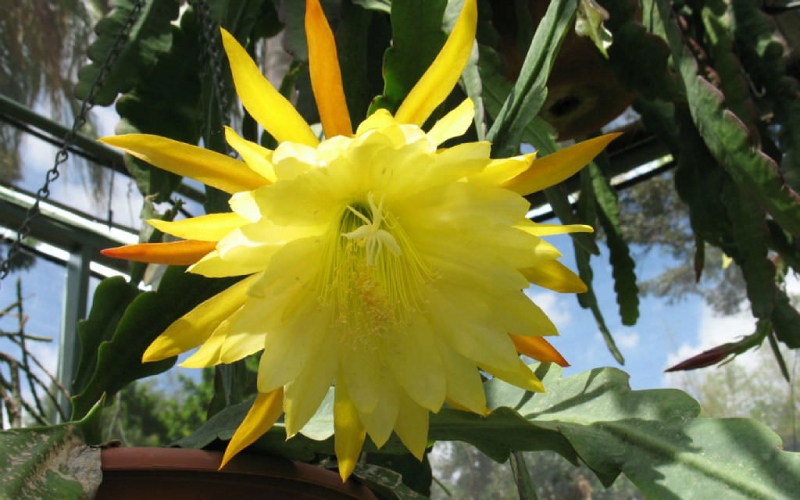 Yellow Epiphyllum oxypetalum in the sun
Yellow Epiphyllum oxypetalum in the sun
 Epiphyllum oxypetalum in full bloom
Epiphyllum oxypetalum in full bloom
These are the characteristics and meanings of the Epiphyllum oxypetalum flower. Stay tuned for more interesting information!
Unveiling the Secrets of the Heavenly Flower: Understanding the Significance, Benefits, and Cultivation of Hoa Thiên Lý
“The Golden Butterfly Flower, as it is poetically known, is a floral treasure native to Vietnam. This flower, with its delicate beauty and subtle fragrance, is more than just a pretty bloom – it is a culinary delight and a revered herb in the local culture. With its versatile nature, the flower is used in a myriad of dishes, adding a unique flavor and a touch of local charm to every meal. Not only that, but its medicinal properties have also been widely recognized, making it an integral part of traditional remedies and a beloved symbol of Vietnam’s rich and diverse flora.”
































